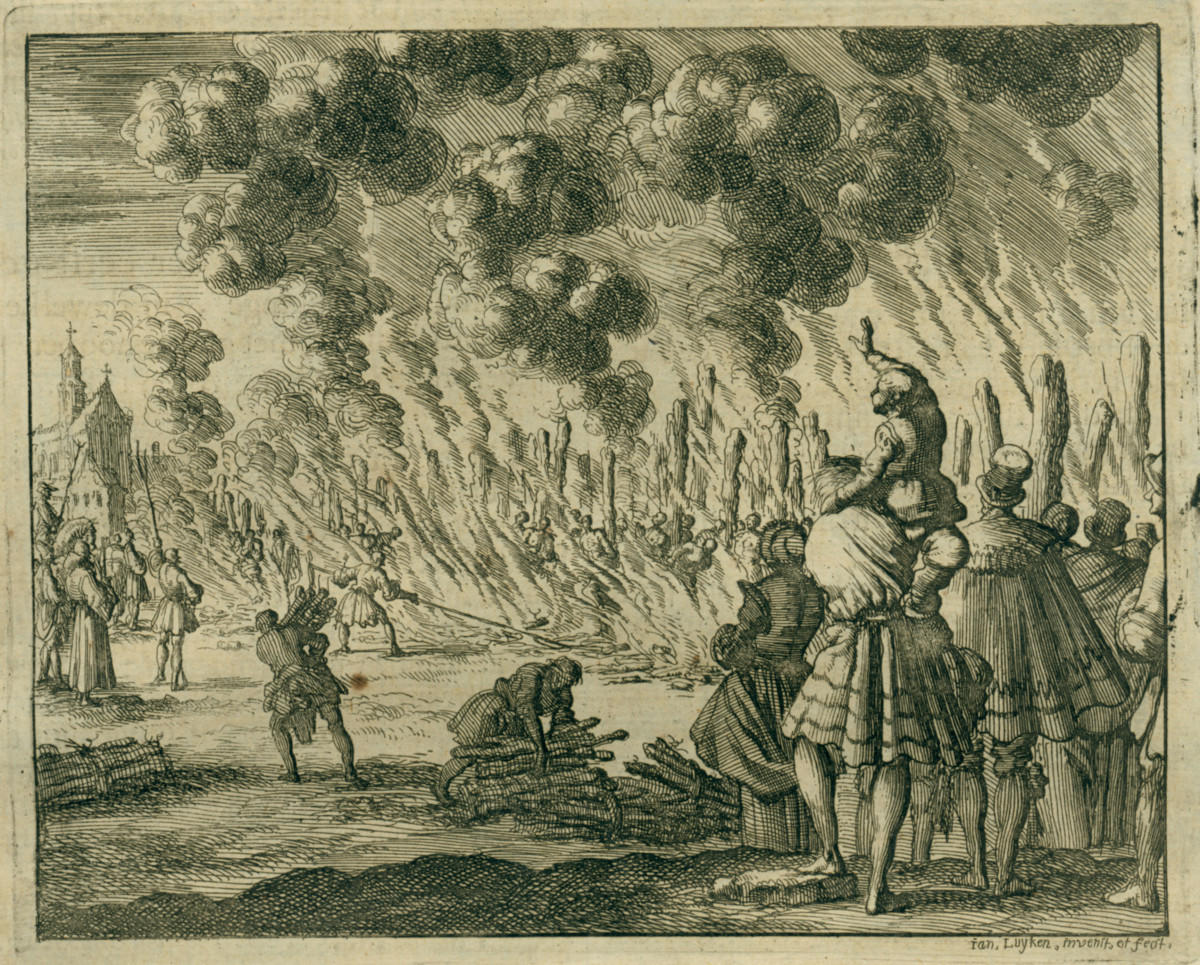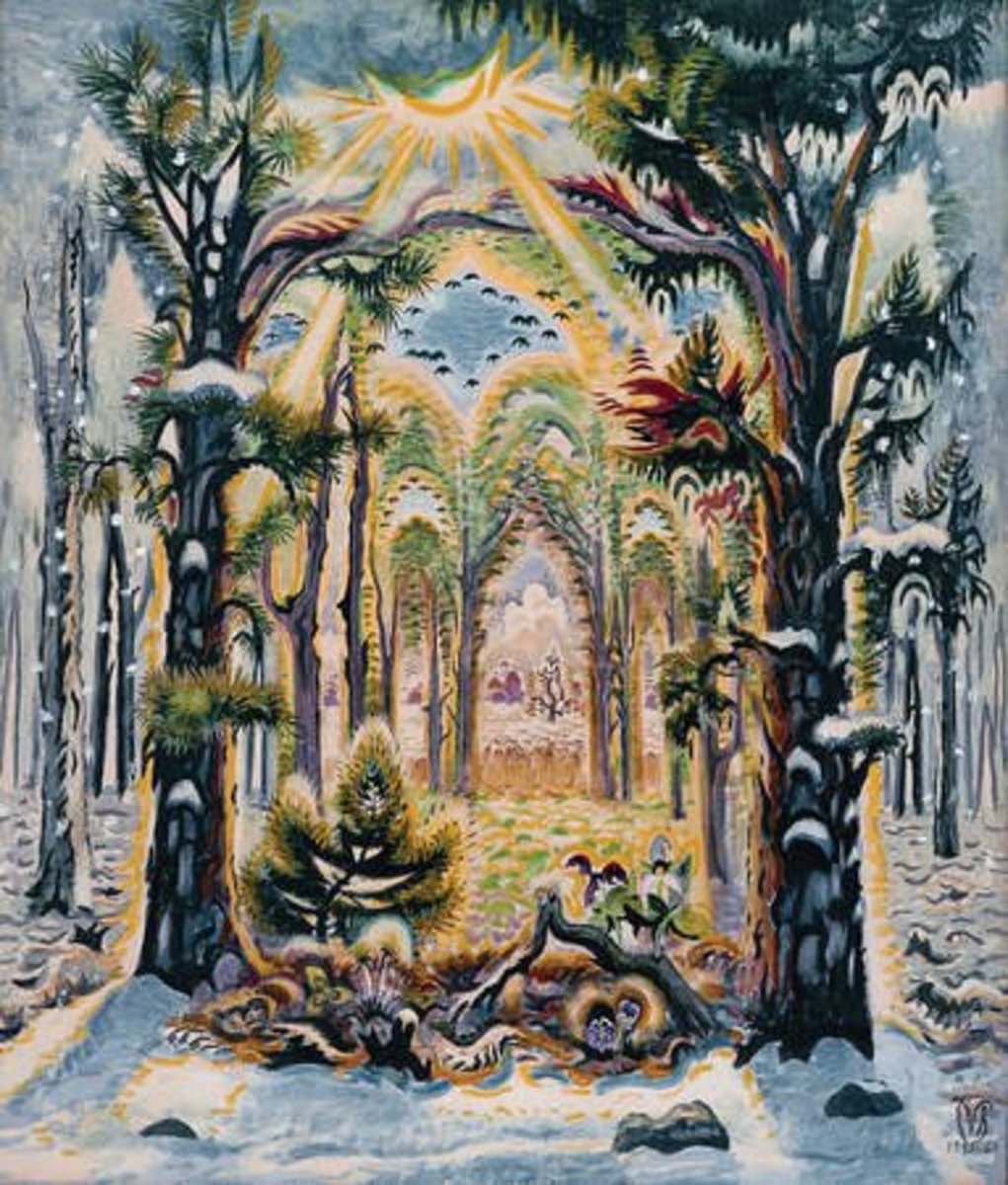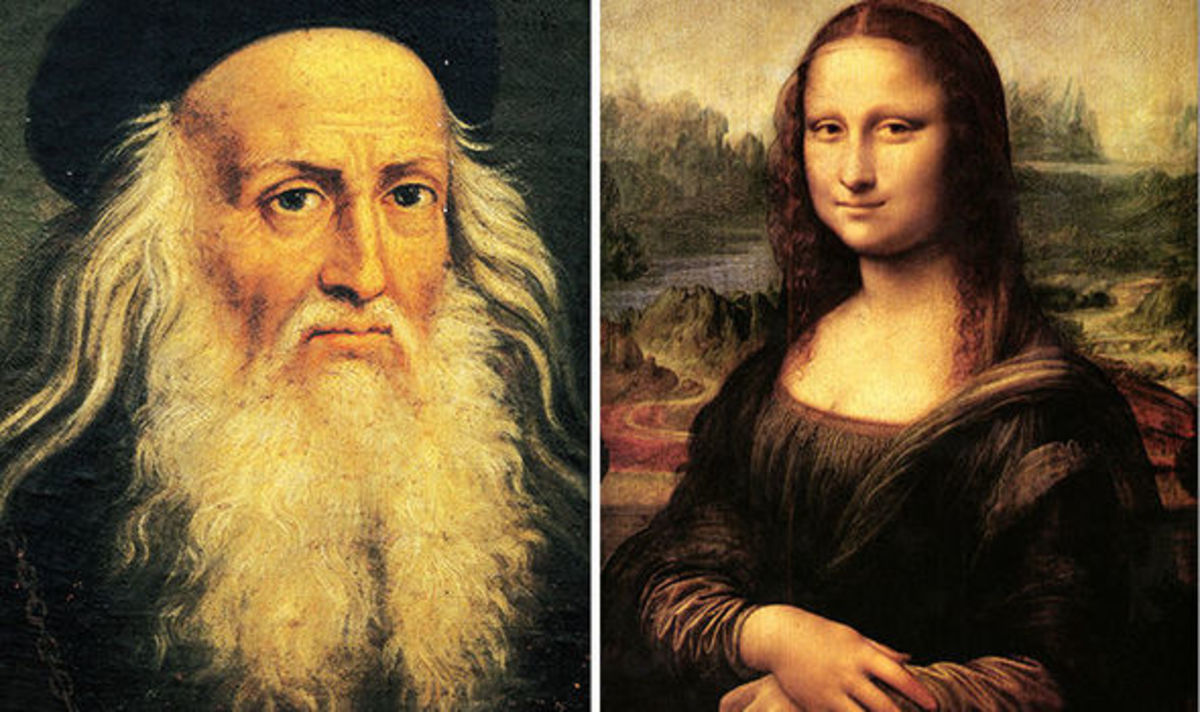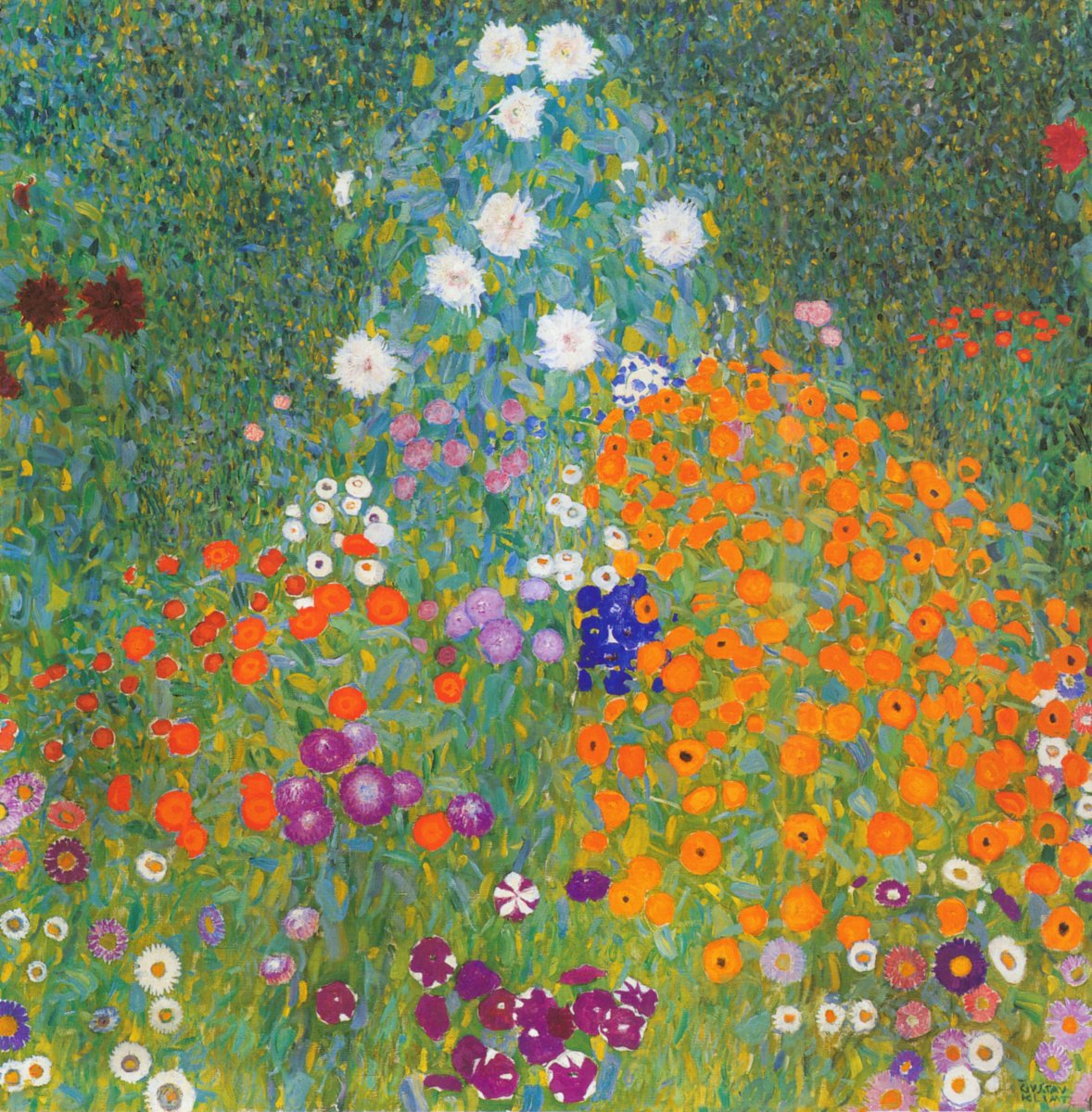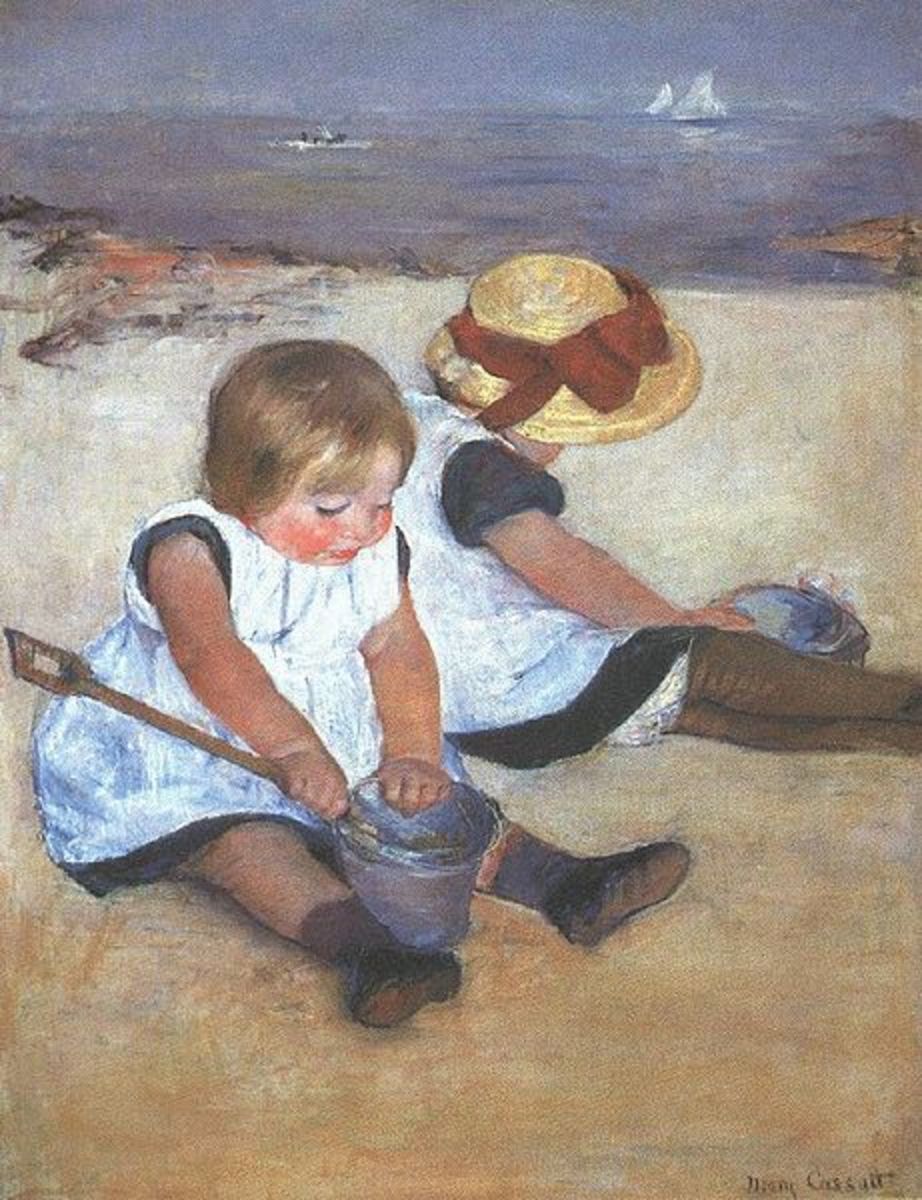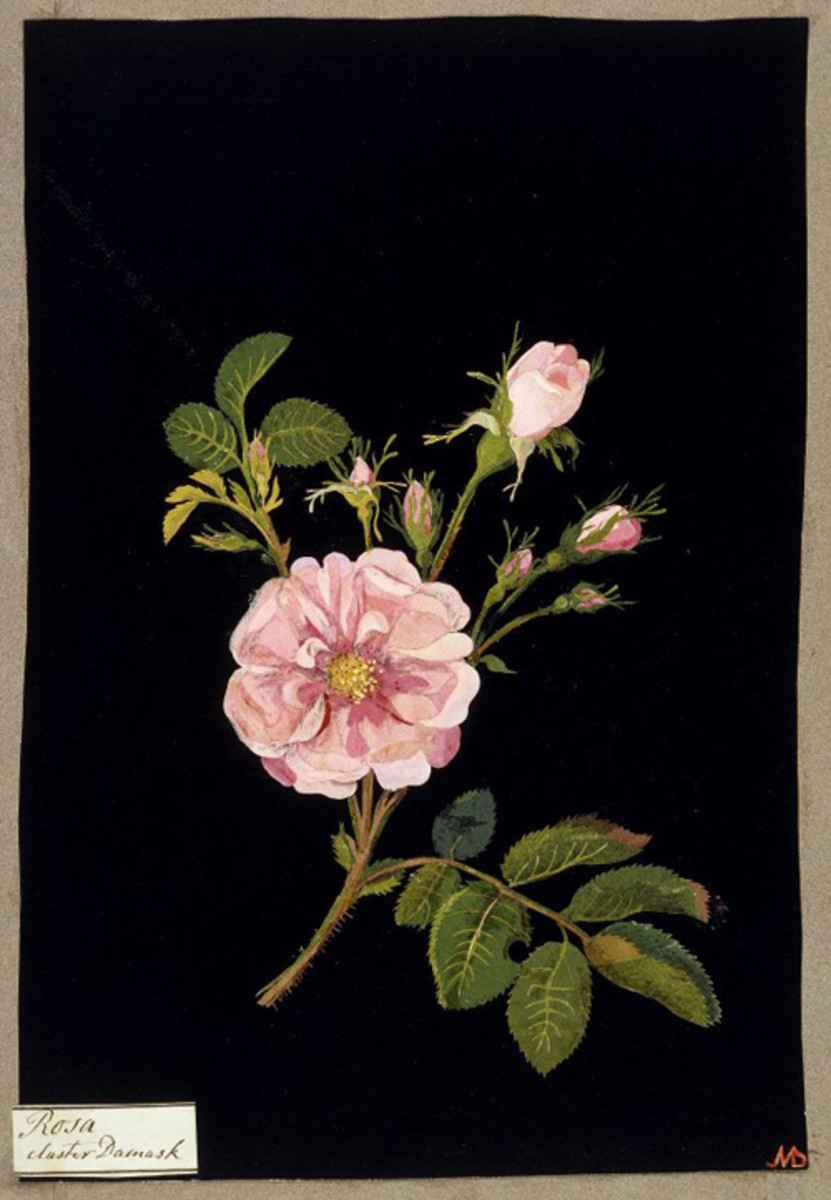‘Madonna in the Church': What Does This Painting Speak?
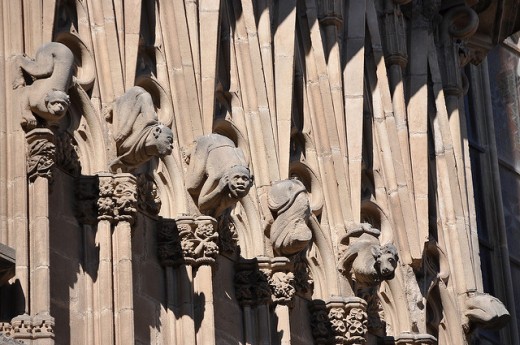
The Origin of Gothic Art
The Gothic art originated in the 12th century and developed along with the emergence of Gothic architecture throughout Europe. It underwent experiments over the course of the next centuries until it gave way to Renaissance art. This art form relied on various media including but not limited to panel painting, sculpture, fresco, glass, manuscripts, and monuments. Undoubtedly, this art form had a typological nature and initially developed as a Christian art performed on the walls of Cathedrals and abbeys.
Among the numerous Gothic works, Jan Van Eyck’s Madonna in the Church has its unusual position in several respects. A detailed study of this painting will show that it reveals certain social distinctions that contributed to the structure of the Gothic Cathedrals.
Art and architecture themselves were the dominant media for expression during the Gothic period that extended from the 12th to the 16th century. The new form of art attained its fullest realization in the service of the Catholic Church, the sole builder of the Middle Age. Massive structures of the cathedrals were one of the unique factors that determined the quality of the paintings. The growth of the Gothic art started with the eruption of a series of massive cathedrals throughout Europe. A close evaluation of Jan van Eyck's work would prove these factors.
Madonna in this painting represents three things; the mother of Christ, the Church, and the Queen of Heaven
The Biblical Themes in the Gothic Arts
Both the New Testament and the Old Testament served themes for Gothic artists. Bible characters, the Virgin Mary, and saints were the themes in many works. However, various tasks completed over the course of the 12th to 16th centuries clearly show the conceptual alterations and ideological developments swept across entire Europe. For instance, although Virgin Mary in the early Gothic works was an iconic Byzantine form, she was changed into an affectionate mother cuddling her infant or even a noble aristocratic lady playing with her child.
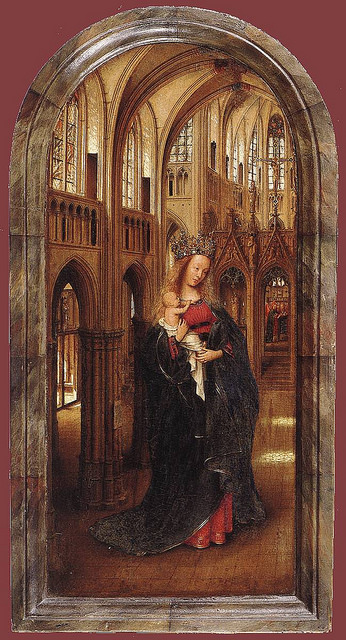
Madonna in the Church & Eighteenth-century Europe
Jan Van Eyck, the famous painter from the Netherlands depicted Mary as the Queen of Heaven carrying the child Christ. Mary is wearing the royal crown and a dark blue robe that reminds Byzantine tradition. Under the robe, there is a red dress in different fabrics. The child Jesus clutches the hem of his mother's dress and keeps his feet on her left arm. As Harbison comments, “the virgin is a block, a shelf, a surface on which the Christ Child can be displayed” (Harbison, 1995, p. 78).
The painting contains several other objects like wood panels, carvings, and images of angels all which collectively depict episodes from the life of Mary. Several objects and the interior of the Cathedral are realistic and depict a 15th-century cathedral. However, the image of Mary is unrealistically big when compared to the surrounding objects. At the base of the image, the Virgin is addressed as “You are called the flower among flowers” (Normore, 2015, p. 132). There is a gentle flow of candlelight coupled with the brilliant daylight.
This painting represents a period of rapid and far-reaching change that occurred in eighteenth-century Europe concerning societal, cultural, and theological scenarios. This painting like many other masterpieces has a link to the contemporary social context. The artist has given much focus on the representation of societal and cultural aspects related to gender roles, oppression, and race. It was an age that believed in physiognomy, the theory that physical appearance reflects a person's character.

Madonna in the Church reflects eighteenth-century Europe's rapid change concerning societal, cultural, and theological scenarios
Madonna in the Church: A Critical Evaluation
The painting has gained extensive discussion and interpretation from several experts. However, like any other masterpieces, Madonna in the Church also became a bone of contention among critics due to the indefinable and meticulous attention the painter had given to detail every inch of the work. In other words, the excellence of the work outsmarts all wildest interpretations. One who looks at the painting of Van Eyck will surely get impressed by the depth of its illusion and reality.
The work gives reference to our immediate world and real-life experiences, which at the same time transcends from the notion of invisible things. Admittedly, the influence of the medieval theology is visible in his work, especially in the work of Madonna in the Church.
The representation of Satan and angels in Gothic art demonstrates this adherence to the above-said theory. Satan possesses physical traits associated with evil. Angels in the painting represent divine providence, affection, and vigilance, while at the same time theological implications of characters are apparent in this painting. Mary and the child have pure and pleasant faces that represent divinity. The images reveal the changing rigid gender roles. The Madonna in the painting points to an unusually strong female character of the age where the independent behavior of a woman would have harshly got criticized.
A Play of Realism
In total, Van Eyck’s Madonna in the Church is a play of realism. Eyck was an artist and inventor whose ideas were centuries ahead than the time he lived. Van’s reputation as a famous painter rests with Madonna in the Church, which is one of the most precious arts in the world. The virtuoso quality of the work rests with the painterly techniques he deployed. Van’s exceptional ability is apparent in his larger body of drawings, which later influenced the painters all over the world.
References
Harbison, C. (1995). Jan Van Eyck: The Play of Realism. US: Reaktion Books.
Normore, C. A. (2015). Feast for the Eyes: Art, Performance, and the Late Medieval Banquet. US: University of Chicago Press.

